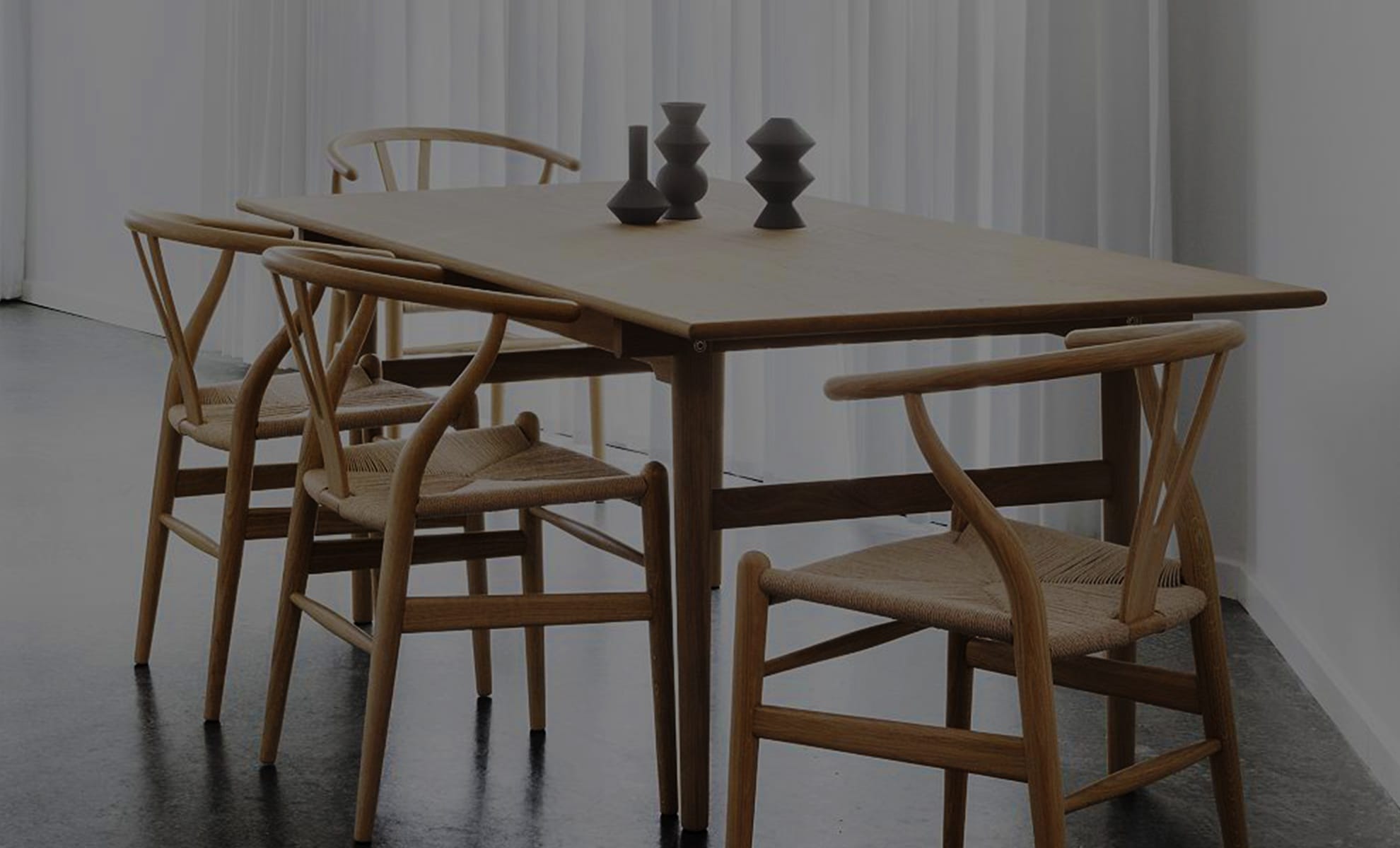Looks We Love:
Mid-Century Modern
Sure, it may be named after the middle of the 20th century, but mid-century modern can’t help but feel right at home today. Find why this style still dominates the design world with a selection of timeless furniture and décor that defined an era—and continues to inspire design today.
Even with a name rooted in a very specific era, mid-century modern is one of the most sought-after design styles that transcends its time period. Having enjoyed a steady revival that has been interpreted time and again, MCM has reached an iconic status that can still be found in interiors today, with applications that range from purist mid-century abodes to contemporary settings with a retro twist.
Emerging between the 1930s (with many of its core principles hailing from Europe) to the 1960s, mid-century modern boasted a distinct style that could embody two design sensibilities at once. Much of the beloved mid-century modern furniture, lighting and décor (from names like Charles and Ray Eames, Arne Jacobsen and George Nelson) focused on unique forms, material innovation and universal modern living, feeling high-end, yet approachable; clean-lined, yet organic; retro, yet timeless.
With such a range, there are plenty of ways to infuse your home’s interior with this celebrated style without feeling overdone—or like you live on the set of Mad Men (unless that’s what you are going for, of course!). Here, see our favorite now-meets-then ways to get that fantastic retro style in your space.
Reimagining Wood Furniture
You can’t talk about MCM design without mentioning plywood furniture. This MCM staple came about as just one result of experimentation with materials in service of the “new” modern living. Championed by many designers, especially Charles and Ray Eames, the strength and durability of bent plywood was perfected, and resulted in a range of innovative shapes that are organic and beautiful to behold. That same philosophy has inspired more modern pieces, such as this current interpretation by Gus Modern. Adding pieces made of natural wood that have either straight or shapely lines like this epitomizes the mid-century look.
Statement Seating
If one thing can be said about mid-century modern design, it’s that it was the time of the chair. The list of iconic chairs that came out of this era is long. So if you want to make a reference to mid-century style in your home, choosing a statement chair is the way to go. The Wishbone Chair by Carl Hansen is a prime example of Scandinavian mid-century design, displaying fine craftsmanship and the durability of a solid wood frame. Just as iconic as plywood dining or lounge chairs, Scandinavian design is well known for its formal and casual seating for the modern home.
Outside of the dining room, it is the lounge chair that really took the spotlight during this time. For more of a European Bauhaus/International style influence on MCM, lounge pieces like the Halifax Chair by Gus Modern share influences from modern masterpieces like the Barcelona Chair by Ludwig Mies van der Rohe or the Wassily Chair by Marcel Breuer. Placing a lounge piece like this in an elegant living room or quiet corner instantly sends a well-informed message from the mid-century.
Lighting Turns to Icons
The Nelson™ Bubble® Lamps might be some of the most iconic pieces that came out of the mid-century design movement. Designed by George Nelson, these organic lanterns are made of a soft plastic that is sprayed and spun around a steel wire frame. The shapes offer a pure form that can adapt to present-day décor, like this dining space, which is not overtly mid-century but still holds the weight of these iconic light fixtures quite nicely.
In addition to simple and organic shapes that have been reproduced time and time again, the starburst was another popular lighting design that came out of the atomic age portion of mid-century. For today, globes and stems have simplified that kind of exposed bulb look and, with fixtures like the Armstrong Chandelier, you can get the best of both worlds, adding a fully contemporary look to the mid-century influence.
Home Décor & Accessories with Retro Flair
Taking cues from the popular starburst pattern of the atomic age to the same material application of furniture, these two décor items typify mid-century modern style. The Sunburst Clock by Vitra (also designed by George Nelson) follows the same theme as dynamic light fixtures popular during this time, while this sweet Miniature Plywood Elephant designed by Charles and Ray Eames shows the versatility of plywood as a natural-meets-industrial material for different design applications. By sprinkling beloved designs like these throughout your home, you too can own a small piece of the mid-century modern design world.
At Home in the Mid-Century
To see the full extent of how this style can be applied to contemporary interiors, let’s compare two living rooms that capture the essence of mid-century modern design.
Photo by FogModern
This Eichler home in Sacramento has more of a purist approach to the style, but with some notable differences that adapt it to today’s form of modernism. You can see many iconic pieces throughout the space (notice the George Nelson Bubble Lamps and the Eames chairs), but by retaining a specific color palette of whites, greens and wood tones, the MCM look becomes more minimalist in tone and execution.
With more of a loft look, the appearance of upholstered furniture with crisp, clean lines can accommodate this space, even with the absence of dominating wood tones throughout. Even the rocking chair has the modern look. And between the two pieces of seating, having the structural frames visible is another calling card of mid-century modern design. In a sense, this room has a more subtle approach to MCM than the Eichler home, yet both are current interpretations of the style.













